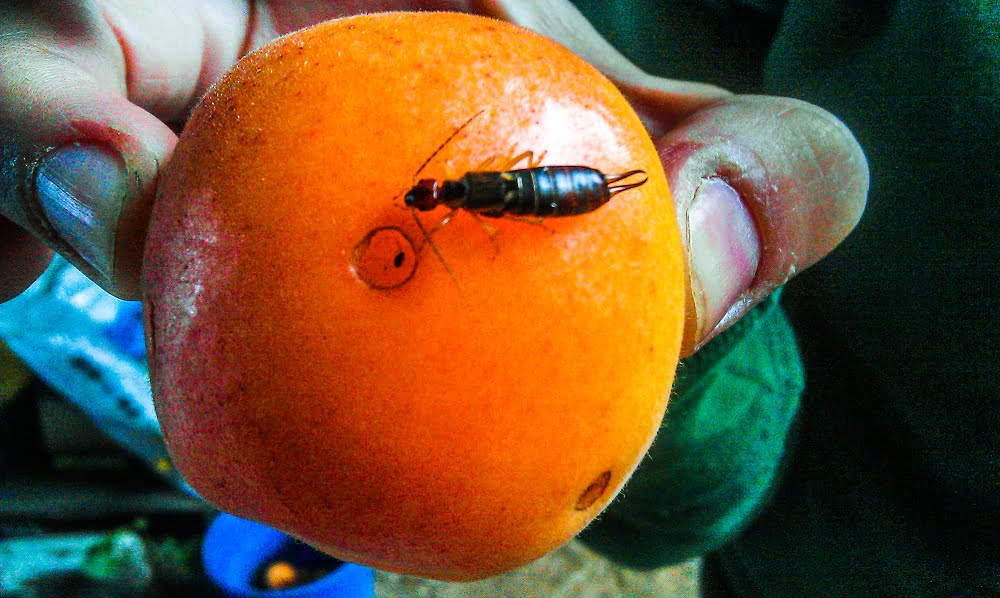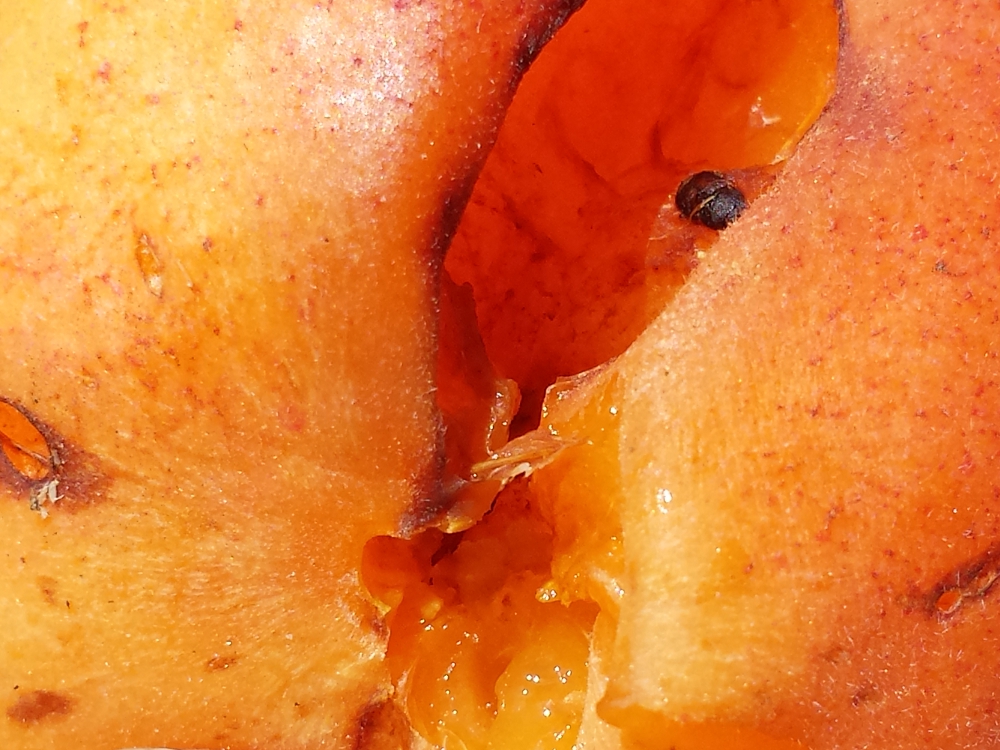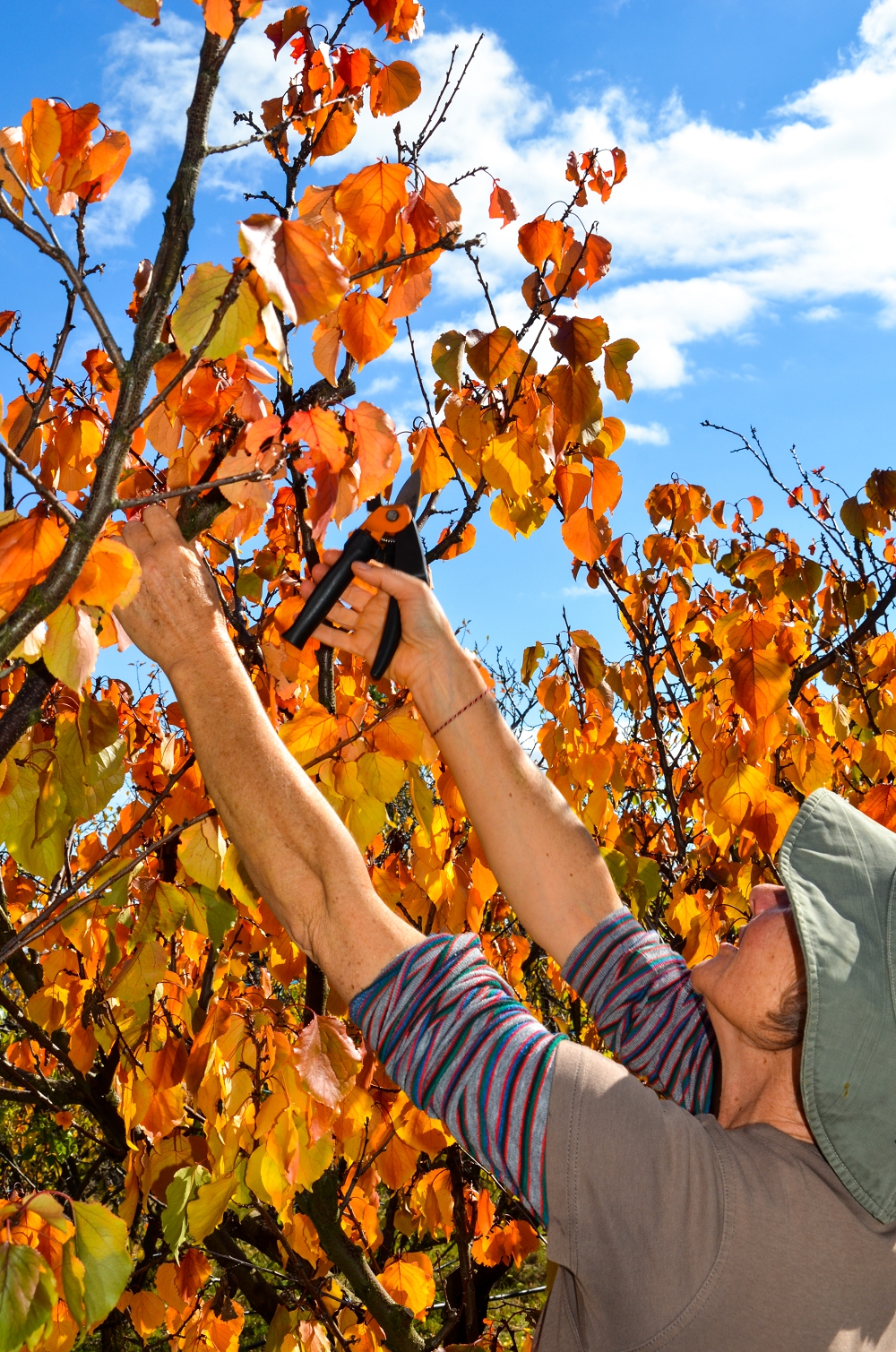How to Grow Apricot Trees
We’ve grown apricots forever at our place. Apricots were some of the first trees put in when orchards were first planted on the farm after the 1850s goldrush. It’s fair to say we have a long history with apricot trees.
Apricots are sweet and delicious. And with such a short summer season, they have that “special” status because they’re not available all year long. Lots of people have special memories of home-grown apricots from their childhood.
There have been apricot trees growing on our farm for over 150 years, but that doesn’t mean they like growing here! In fact, our climate is marginal for apricots, and we often get rain or frosts at the wrong time. Apricots are vulnerable to a number of diseases, and we’ve had most of them. 😂
The good news is that over the years we’ve gained a lot of experience with growing apricot trees that we can share with you.
Apricot Tree Diseases
You might have heard us mention that every fruit tree has its favourite fungal disease. Apricots stand out from the pack because they have so many! On top of that, they’re vulnerable to frost because they flower so early. Plus, they love to crack.
Here are some of the more common diseases you might see on an apricot tree.
Freckle
Freckle is found all over the world, particularly in warm, wet conditions. In some places it’s called Scab. The main symptoms appear on the fruit, but you might also see lesions on the leaves, twigs, and young branches. Symptoms usually show up when the fruit is half-formed, about 6-7 weeks after petal fall.
Shot Hole
Shot hole is reasonably common but not terribly serious, though it can make your apricot trees look shabby. A severe outbreak may make some fruit unusable, and even partially defoliate the tree. Start monitoring leaves after shuck fall (when the blossoms dry up and fall off the trees) through to harvest.
Cracking
While not strictly speaking a disease, cracking is often seen on apricots. Some varieties are more prone than others, and seem to crack every season. Cracking can be caused by a number of factors, but it’s more likely to occur in response to irregular watering, or for example, after big rain events in spring.
Does Your Apricot Tree Bear Fruit?
Non-bearing apricot trees are a common occurrence! Gardeners often have huge apricot trees but no apricots. There are lots of potential reasons why your apricot tree doesn’t bear. Sometimes it’s due to lack of the right pollination partner, but more often it’s due to either a fungal disease called Blossom blight, or because of frost.
Blossom Blight and Brown Rot
Blossom blight and Brown rot are two different stages of the same fungal disease. It’s very widespread, usually being found wherever stone fruit is grown. If an apricot, cherry, plum, peach, or nectarine tree will grow at your place, this fungus is probably around!
- The Blossom blight stage is most destructive because it quickly infects and kills flowers. That spells the end of your crop, because apricot trees only flower once per season.
- The Brown rot stage causes the mature fruit to rot. It can also be destructive, but it’s easier to halt its path by spraying organic fungicides.
Frost damage
We include frost damage under the disease section because frost is one of the common reasons for flower damage that leads to crop loss. In fact, apricot trees are some of the most sensitive to frost damage. Frost damage usually shows up as blackened leaves or flowers, or you might notice the flowers fall off after a frost. It’s possible to protect your trees from frost! If possible, plant apricot trees in a frost-free microclimate. If that’s not possible, consider other ways to shelter your trees from frost.
Apricot Varieties
There are literally hundreds of different apricot varieties in the world. We grow at least 14 varieties at our place, and each variety has its pros and cons. (We’re a bit vague about the actual number because we’re always seeking out new varieties and grafting them onto existing trees in the garden. Honestly, the number keeps changing!)
Of the hundreds available, a much smaller number are both “tried and true” and easily available. There’s not much point waxing lyrical to you about an apricot variety if you can’t then find a tree to plant in your garden.
Having said that, we’d encourage you to learn how to graft and be on the lookout for new varieties all the time. The secret to a successful harvest is as much diversity as possible!
The Top Six Apricot Trees to Plant in Your Garden
If you’re just starting with your first apricot tree, you want to plant a good one, right?
Here are the top six varieties we recommend when people are just starting or short of space. This is not a definitive list! But they’re our favourites because we’ve grown them for years and are very familiar with their delights and foibles. They’re listed in order of ripening, from earliest to latest.
Katy – large, egg-shaped, bright orange apricot. Fabulous “apricot-y” flavour.
Bebeco – small to medium, lemon coloured with a pretty pink blush. We call these ones ‘honey’ apricots.
Rival – very reliable cropper. Medium to large, bright orange, good flavour.
Trevatt – we love these ones because they ripen from the inside, which helps to trick the birds! Very sweet.
Moorpark – old-fashioned favourite, bred right here in Australia. Beautiful flavour.
Hunter – included on this list because they are one of the very latest fruiting apricots, and because they’re self-fertile.
Pests of Apricot Trees
Luckily, apricots are not prone to too many pests (they’re too busy having diseases 😅). However, there are still a few pests that can cause problems, so you need to be on the alert.
Queensland Fruit Fly
Fruit fly is extremely opportunistic and will get into anything, even lemons! However, early season fruit like apricots and cherries can be slightly more immune because the fruit flies can be a little slow to get going at the start of the season. However, it always pays to be prepared and to expect the worst when it comes to fruit flies. The main activity is to monitor your fruit trees from late winter onwards so you get advance warning.
It can be hard to tell if you have fruit fly just looking at the fruit, because they leave tiny holes. The giveaway is on the inside, where you’ll easily spot wriggling white larvae and rotting flesh. Yuck!

Earwigs
Earwigs can be horribly destructive to fruit, particularly small, soft-skinned fruit like apricots, cherries, peaches, and nectarines. European earwigs are a pest all over the world. In Australia, we also have a native earwig which doesn’t eat fruit and is a useful predator. Earwigs tend to emerge as adults from their winter slumber, so keep any eye out for these pesky pests from mid-winter onwards. You’ll notice holes in the fruit, and you may see the insects themselves. As with all pests, there’s a toolbox of preventive techniques you can use, but the main thing to do is create a sticky barrier on the trunk of your trees.

Carpophilus Beetle
Also called dried fruit beetles, there are at least 12 species of carpophilus beetles in Australia. They are tiny, just 2-3mm long—about as big as a mouse poo. The beetles are attracted to rotting fruit, and can fly more than 4km to find a new food source. They’re relatively uncommon but can be a real nuisance if you get them.
Carpophilus beetles are hard to spot because they’re so small. You’re more likely to spot them after you notice that your fruit has a hole or is going rotten. They are a vector of brown rot, so once they’ve penetrated your fruit, a brown rot infection often follows close behind.

How to Prune Apricot Trees
Apricot trees are pruned just like any other fruit trees. We recommend pruning them as ‘vase-shaped’ trees unless you have a reason for choosing a different shape, for example, espalier. (However, apricot trees don’t lend themselves to espalier for reasons explained below.)
One of the most important times to prune your apricot tree is just after you plant it! This is called “establishment pruning“, and the purpose is to create the permanent scaffold or framework branches for your tree. If you get that bit right, pruning every year after that is a doddle!
Establishment pruning is pretty simple. If your tree has just three branches when you bring it home from the nursery, for example, start by making “heading” cuts nice and low on each branch. This will cause more branches to develop. The mistake most people make is doing the first round of heading cuts too high in the tree (or even worse, not at all!). You may need to repeat your establishment pruning cuts for a couple of years until you have enough branches in the tree.
Once the tree is established, give the tree a haircut at least once a year. It’s best to prune apricots in late summer or early autumn (fall). Remember we told you how vulnerable apricot trees are to fungal diseases? Pruning them in warm, dry weather will help prevent the spread of any disease they may be carrying.
The challenges of espaliering apricot trees
A final word of warning about espaliering apricot trees. They are naturally quite strong, vigorous trees. Plus, it’s common for trees not to bear fruit, for all the aforementioned reasons. That means the tree is free to put all its energy into growing wood, which is why they tend to become huge trees. This makes them tricky to espalier.
The solution? If you’re planning to espalier your apricot tree, try to buy a dwarf variety.

Preserving the Bounty from Your Apricot Tree
Apricots have got to be one of the most delicious fruits. The fact that they’re not available for very long, and are quite tricky to grow unless you live in the perfect climate, make them even more exotic and desirable.
So when you are lucky enough to get a good crop or can buy some from a local farmer, the first thing to do—obviously—is eat your fill.
After that, thoughts inevitably turn towards preserving the crop. This is another area where apricots excel, because there are so many fabulous ways of preserving them. Drying, freezing, bottling (canning), fancy vinegars, apricot curd, jam…the list goes on.
Two of our favourites are bottling (canning) them, and turning them into jam. Click on the boxes below for simple methods, recipes, and variety recommendations for each technique.
Need more help? Check out more resources about apricot trees.
Free Resources
Still keen to learn more about apricot trees? Excellent! It’s worth putting in the time to get the hang of growing these fickle beauties, because the rewards are so big—delicious, sun-ripened, home-grown apricots!
🍑 Download Apricot Grower’s Cheat Sheet
🍑 Why are there no apricots on my tree?
🍑 Which apricots make the most delicious jam?
🍑 Fourteen varieties of apricot trees: pros and cons
🍑 Apricot bottling (step-by-step)
Grow Great Fruit Program
Apricot trees giving you trouble? Let’s fix that—and set you up for your best fruit-growing year yet.
In the Grow Great Fruit program, we help you tackle apricot problems and we give you skills to grow healthier trees and bigger harvests across your whole orchard.
Each week you get a checklist of seasonal jobs to prevent issues before they start. There are step-by-step videos and guides on pruning, pest and disease prevention, and every other fruit growing topic.
Need answers? The Members Forum is full of answered questions from other growers who’ve been in your shoes. And Premium members get personal answers to questions from us for quick, expert support.
Let’s get your fruit trees thriving—this season and beyond.




![moorpark-apricot-half-500x358-150x150[1] Close up view of round, orange coloured apricot cut in half with the brown kernel sitting inside one half](https://growgreatfruit.com/wp-content/uploads/participants-database/2020/04/moorpark-apricot-half-500x358-150x150[1].jpg)


